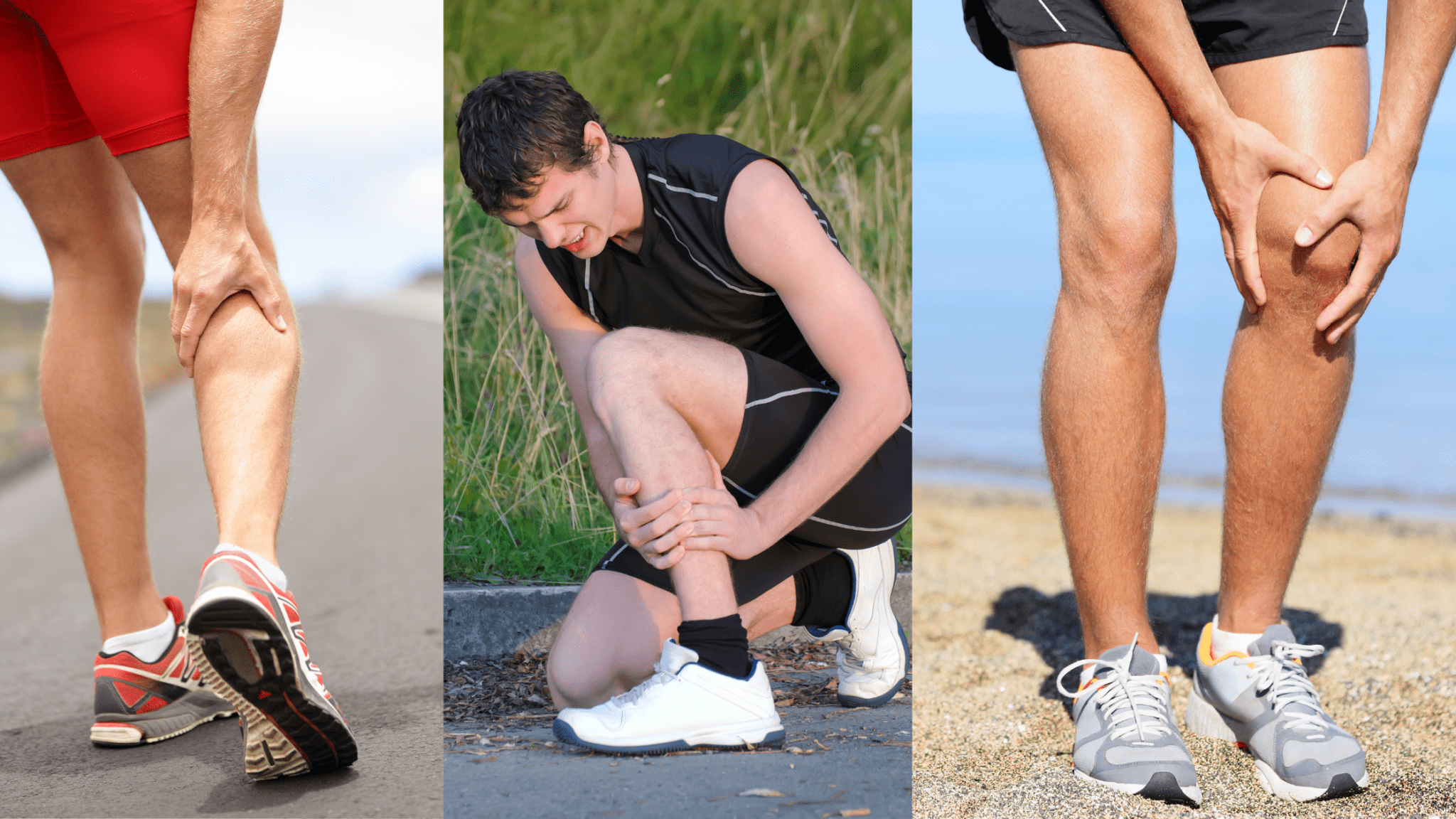
Triathlon Injury Prevention Tips
Triathlons are grueling events that demand significant physical and mental endurance. While the rewards of crossing the finish line are immense, the risk of injury is equally substantial. The unique demands of swimming, cycling, and running, coupled with the cumulative fatigue from transitioning between disciplines, create a perfect storm for injury if proper precautions aren’t taken. This article delves into comprehensive injury prevention strategies for triathletes of all levels, from beginners to seasoned professionals.
Understanding the Common Triathlon Injuries
Before diving into prevention strategies, it’s crucial to understand the common injury hotspots in triathlon:
-
Swimming: Shoulder impingement, rotator cuff injuries, and swimmer’s shoulder are prevalent due to the repetitive overhead movements. Neck pain and injuries can also occur from improper head positioning.
-
Cycling: Knee pain (patellofemoral pain syndrome, IT band syndrome), lower back pain, hamstring strains, and neck pain are common cycling-related injuries. Poor bike fit is a major contributing factor.
-
Running: Runner’s knee, plantar fasciitis, Achilles tendinitis, shin splints, stress fractures, and hamstring strains are frequent running injuries. Overtraining and improper running form are significant culprits.
-
Transition-Related Injuries: Injuries can also occur during transitions, such as ankle sprains from rushing, or muscle strains from improper warm-up or cool-down.
Comprehensive Injury Prevention Strategies
A multifaceted approach to injury prevention is key. This involves a combination of training strategies, equipment considerations, and lifestyle choices:
1. Gradual Progression and Training Plans:
-
Progressive Overload: Gradually increase training volume, intensity, and duration. Avoid sudden jumps in training load, which significantly increases the risk of injury. Follow a well-structured training plan that accounts for adequate rest and recovery.
-
Listen to Your Body: Pay attention to pain signals. Don’t push through pain. Rest and allow your body to recover before resuming training.
-
Cross-Training: Incorporate cross-training activities such as swimming, cycling, running, strength training and yoga to improve overall fitness, reduce the strain on specific muscle groups, and enhance recovery. This also helps to prevent overuse injuries.
2. Proper Technique and Form:
-
Swimming Technique: Invest in professional swim lessons to improve your technique and reduce strain on your shoulders, neck, and back. Maintain proper body alignment and breathing techniques.
-
Cycling Technique: Get a professional bike fit to ensure your bike is properly adjusted to your body dimensions. Maintain a comfortable cadence and avoid excessive pressure on your knees and lower back. Regularly inspect and maintain your bicycle.
-
Running Technique: Focus on proper running form, including foot strike, cadence, posture, and arm swing. Consider working with a running coach to analyze your running form and identify areas for improvement.
3. Strength Training and Conditioning:
-
Core Strength: Strong core muscles are crucial for stability and injury prevention across all three disciplines. Incorporate core strengthening exercises into your training routine, such as planks, crunches, and Russian twists.
-
Leg Strength: Strong leg muscles are essential for efficient running and cycling. Include exercises such as squats, lunges, and calf raises.
-
Flexibility and Mobility: Regular stretching and mobility exercises improve flexibility, range of motion, and muscle recovery. Incorporate dynamic stretching before workouts and static stretching after workouts. Yoga and Pilates are excellent for improving flexibility and mobility.
4. Equipment and Gear:
-
Properly Fitted Swimsuit: A well-fitting swimsuit reduces drag and prevents chafing.
-
Bike Fit: A professional bike fit is critical to prevent injuries related to cycling.
-
Running Shoes: Invest in quality running shoes that provide adequate support and cushioning. Replace your shoes regularly (every 300-500 miles).
-
Proper Clothing: Wear moisture-wicking clothing to prevent chafing and overheating.
-
Safety Gear: Always wear a helmet while cycling.
5. Nutrition and Hydration:
-
Adequate Nutrition: Consume a balanced diet that provides sufficient energy and nutrients for training and recovery.
-
Hydration: Stay properly hydrated, especially during and after training.
-
Electrolytes: Replenish electrolytes lost through sweat, especially during long training sessions.
6. Rest and Recovery:
-
Sufficient Sleep: Aim for 7-9 hours of quality sleep each night.
-
Rest Days: Incorporate rest days into your training schedule to allow your body to recover.
-
Active Recovery: Engage in light activities such as walking or yoga on rest days to promote blood flow and recovery.
7. Addressing Existing Injuries:
-
Seek Professional Help: Don’t attempt to self-treat injuries. Consult a physician or physical therapist for diagnosis and treatment.
-
Follow Treatment Plan: Adhere to your healthcare provider’s treatment plan, including rest, physical therapy, or medication.
-
Gradual Return to Training: Gradually return to training after an injury, following your healthcare provider’s recommendations.
8. Mindfulness and Stress Management:
-
Stress Management: High levels of stress can negatively impact your body’s ability to recover from training. Incorporate stress-reducing techniques, such as meditation or yoga, into your routine.
-
Mental Health: Prioritizing mental well-being is crucial. Make time for activities you enjoy outside of training.
Conclusion:
Preventing injuries in triathlon requires a holistic approach that considers training, equipment, nutrition, recovery, and mental well-being. By following these guidelines, triathletes can significantly reduce their risk of injury and enjoy a long and successful triathlon career. Remember, prevention is always better than cure. Prioritizing your health and well-being is paramount to achieving your triathlon goals while minimizing the risk of setbacks. If you experience persistent pain or discomfort, don’t hesitate to seek professional medical advice.



